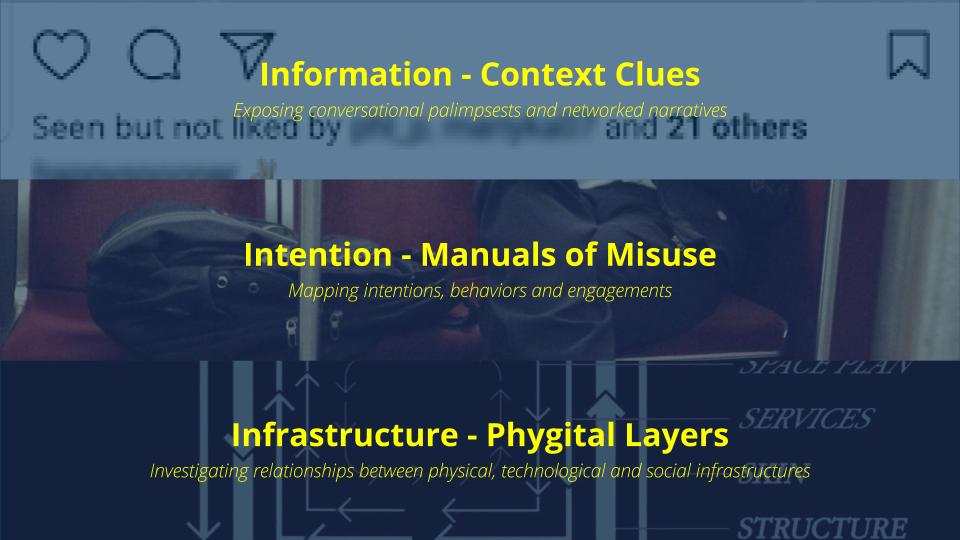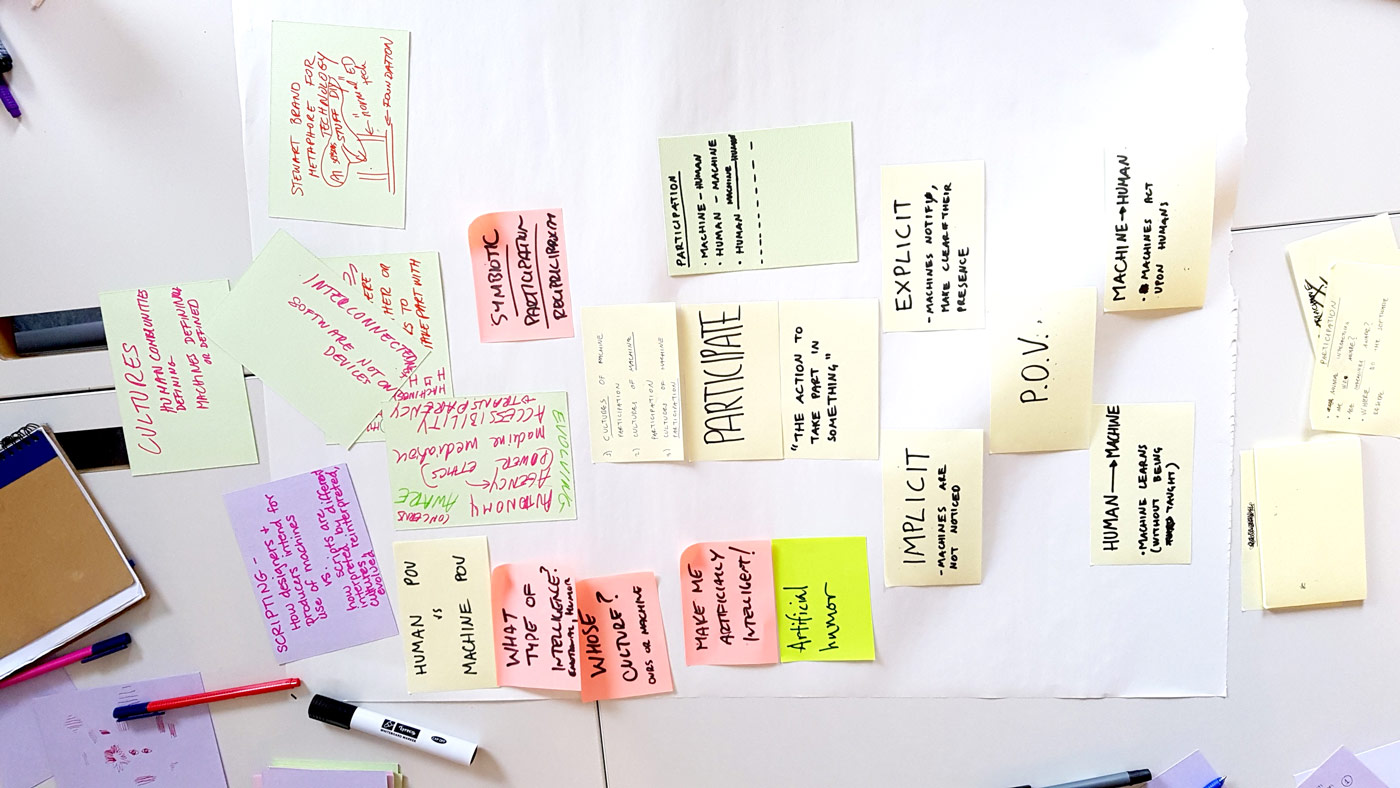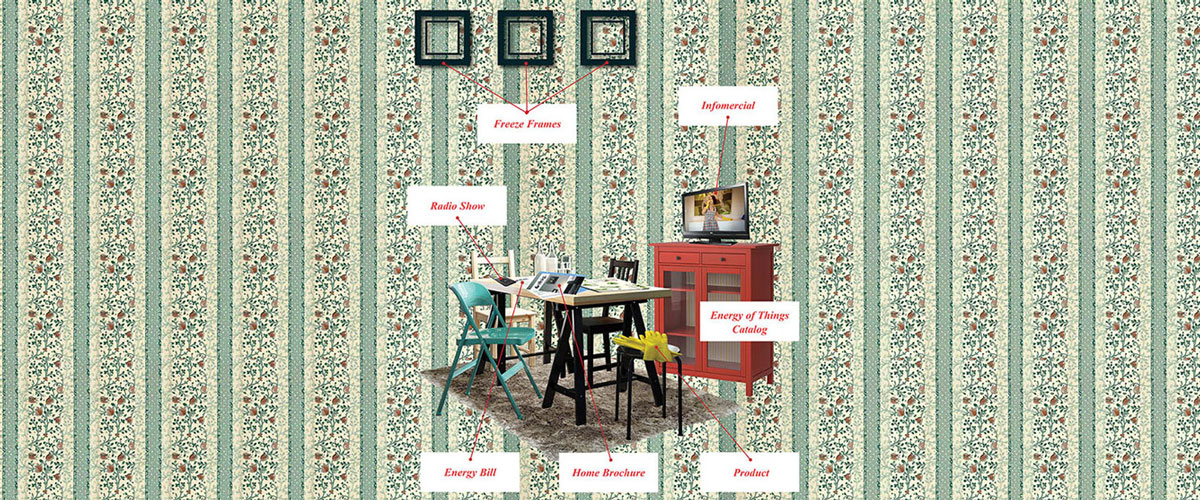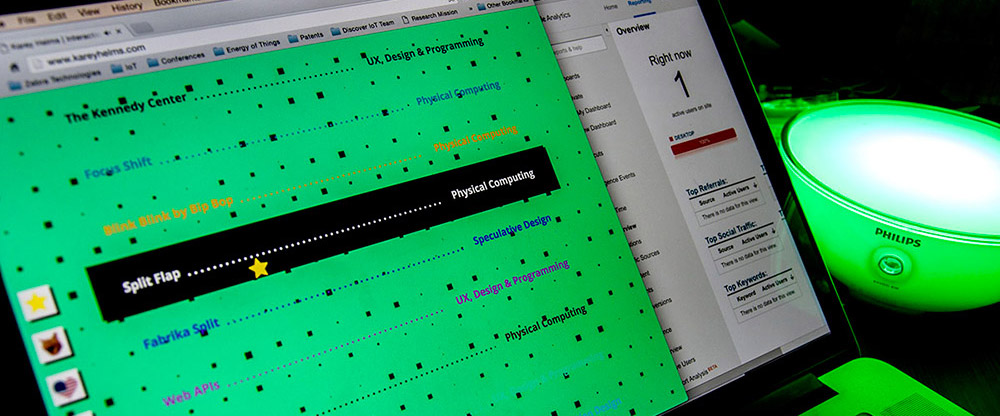Category: Workshop
Scaling Bodily Fluids for Utopian Fabulations through Collage-Making
WORKSHOP CALL FOR PARTICIPANTS – On May 18th at 14.00 CET, join Nadia Campo Woytuk, Marie Louise Juul Søndergaard, and me in an online workshop at this year’s Uroboros festival: Scaling Bodily Fluids for Utopian Fabulations through Collage-Making!!
CHI 2018 – Attending Workshop on HCI Outdoors
This year I’ll be going to CHI 2018 as a student volunteer and to attend the workshop HCI Outdoors: Understanding Human-Computer Interaction in the Outdoors. Very much looking forward to connecting with the HCI outdoors community for a new research project!

A Walk in the Woods: Gear and Infrastructure in the Outdoors (position paper PDF)
In this position paper, we describe an initial research activity, a short walk in the woods, to position our interest in HCI and the outdoors. We present three preliminary reflections from our hike on relationships with gear and infrastructure that enable meaningful outdoor experiences. These include parallels between packing gear and preparing devices, contrasting notions within bodily comfort and brand allegiance, and safety bubbles enabled by actual or expected infrastructures.
DIS 2017 – Workshop Reflections and Design Fiction
As previously mentioned, I attended, and thoroughly enjoyed, the workshop at DIS17 on People, Personal Data and the Built Environment. Not only was the topic relevant to my project, interests, and background, but I also found the strict structure (and quick introductions) very effective and thus resulting in meaningful discussions at the end of the day.
The below image is a fraction of a future IoT system followed by a corresponding fictional narrative created with Albrecht Kurze.

Unfinished Business
2022 – five years after 2017 – a public space odyssey
It is the year 2022, five years after the government started to implement the dynamic waiting management system in public buildings. To simultaneously reduce waiting times while keeping visitors preoccupied, the system routes visitors on an adaptive, and often the least efficient, way through the building. As this has unsurprisingly resulted in many lost visitors, a place-based location-aware voice-controlled guiding and help-and-get-helped system was introduced, in which visitors can leave voice messages to aid other lost visitors.
Dave was born in 1950 and retired in 2017, the same year his wife died. Every time he enters public buildings, he is asked to confirm the usage and data processing terms of the building, as smart building are being classified as interactive data processing units by the 2019 extended GDPR. These temporary consents are based on minimum viable data and are thus only valid for a single visit as all data collected is automatically deleted or anonymized upon leaving.
Dave pretends to apply for a hunting license but actually just wants to hear his wife’s voice in a message she left in the help-and-get-helped system after the system’s implementation. As the system is gender intelligent, he needs a female to find his wife’s message. Furthermore, the message is not locationally linked nor directly addressable because of dynamic shuffling and the anonymization policy.
Claire was born in 2001 and has been applying for a family planning permit for the past five days. As the system is implicitly regulating family planning, prioritizing lonely widows and widowers for which Claire is not, it sends her on an impossible route. As she is not successful in her quest for a permit by the end of each day, the temporary data consent causes her to restart the whole process the following day, resulting in a never ending journey.
But this one special day Dave and Claire met, two lost visitors, trapped some way in and by the system. They decided to help each other and resolve their unfinished business.
DIS 2017 – Workshop on People, Personal Data and the Built Environment
Yesterday I attended the workshop Workshop on People, Personal Data and the Built Environment at DIS 2017. Was incredibly inspiring and perhaps the best workshop format I’ve experienced as of yet! Below is my position paper.

Implicit Interaction: Information, Intention and Infrastructure (position paper PDF)
In this position paper I present three in-progress design projects that are initial explorations into Smart Implicit Interaction, which is investigating data as a design material and a new paradigm of interaction for the Internet of Things. The first project, Context Clues, critically examines our existing interactions and exchange of implicit information across digital mediums. The second project, Manuals of Misuse, is an Internet of Things design brief in which students are exploring the peripheral intentions embedded within everyday objects to design novel connections while exposing hidden patterns of behavior and engagement. The third project, Phygital Layers, is an architectural study seeking to understand the implicit relationships between physical, technological and social infrastructures within domestic environments. While all three projects differ across scale and medium, they offer potential avenues of investigation into designing for people, data and the built environment.
Workshop – The Cultures of Machine Participation
Earlier this week I attended a workshop held by the research group for the design of information systems (DESIGN) at the University of Oslo (UiO) on The Cultures of Machine Participation.

CHI 2017 – Attending Two Workshops
Very excited that I’ll be attending two workshops at CHI’17 in Denver! Below are links to the workshop descriptions and my position papers.
Workshop 1 – Making Home: Asserting Agency in the Age of IoT (description)

The Family Circuit: A New Narrative of American Domesticity (position paper PDF)
As the world endures and approaches a string of energy crises, The Family Circuit: A New Narrative of American Domesticity, aims to critique and challenge society’s relationship with energy by provoking individuals to examine their current habits of energy consumption, consider the future implications of these actions, and question their willingness to make sacrifices for a cleaner environment. This is accomplished through the development of a fictional near future society in which individuals are required to produce all the electrical energy that they need or desire to consume. Within the daily narrative of a fictional family of five, the events of their domestic lives have been extrapolated to create a liminal world where mundane, yet peculiar diegetic prototypes create tense situations, uncomfortable behaviors, and unforeseen consequences. The project raises questions regarding local to global contextual considerations, behavioral change within the home diegesis, and hyper-localized hacking.
Workshop 2 – Designing the Social Internet of Things (description)

Phygital Party Mode: A Relationship with Relationships (position paper PDF)
In this position paper, I present an exploratory autobiographical design project, Phygital Party Mode, in which visitors’ interactions with my website remotely control an Internet of Things light within my apartment. I reflect upon my relationship with the project as a ‘thing’ and explore the themes of active versus reactive agency, conditional relationships and designing the behaviors of objects. Finally, I end with discussion questions that address a transfer of agency due the democratization of the Internet of Things, the transformation of relationships with and because of connected ‘things,’ and the empowerment of people over objects.
Tracking and Tracing in a Circular Economy
This past Monday I attended an event at Fab Lab London organized by RSA The Great Recovery on Pushing the Bounds of Materials and Information: Tracking and Tracing in a Circular Economy. Though the event was advertised as a workshop, it unfolded as a speaker series as the majority of the day was devoted to a range of practitioners working within the overarching theme. The morning began with Tomas Diez of Fab Lab Barcelona, who in addition to presenting a variety of relevant works with a focus on the open source Smart Citizen project, gave a presentation on societal transformations throughout the different industrial ages and highlighted the shift of consumers to producers in contemporary society. Next up was Alan Dukinfield of S2S Lifecylce Solutions, during which he and his colleague provided an insight into the technical installation, usage, barriers and potential futures of a RFID material tracking system in a commercial context. After lunch we took a turn into textiles, hearing from Rien Otto from Dutch aWEARness, and Dr Kate Goldsworthy and Miriam Ribul from Chelsea College of Arts and TED (Textile Environmental Design). The former focused on current practices of their own Circular Content Management System from a larger industry perspective and introduced new textile sorting technologies used by others. The latter focused on the designer’s role and the importance of their understanding of the potential implications regarding material choices and design decisions. In addition, Miriam presented an interesting research project investigating the potential of individual textiles fibers embedded with dynamic information. The day wrapped up with a short introduction into setting up and gathering data from the Smart Citizen kit.
Thoughts & Reflections:
While I was very impressed with the range of speakers regarding the circular economy, I wish there would have been significantly more time devoted to ‘workshopping’ – whether in the form of smaller group brainstorms or specifically diving deeper into the Smart Citizen kit. I say this not only because of my innate urge to get hands-on, but also because consistent questions emerged regarding the barriers of long term behaviour change, acceptance and implementation of these new processes, practices and technologies within society and systems. I felt these obstacles were begging to be explored. For example, in regards to the Smart Citizen kits, Diez discussed the challenges of engaging communities to sustain the use of the sensors, including creation of trust around the sensors and their data. Within tracking technologies, interesting points regarding disruptive human behaviours were raised, like the innocuous act of removing a clothing label from one’s own garment inaccurately deeming the end of a product’s lifecycle. At a more systemic level, I would have loved to learn more and brainstorm around the implementation of the UK’s PAS 141, a process management specification for the re-use of used and waste electrical and electronic equipment.
That all being said, I’m assuming they realized as well the difficulty of fitting in a wealth of content plus a formal workshop in a single day. Hence, a followup event once again at Fab Lab London with a much more hands-on focus.
Leaving Notes & Quotes:
- Diez – “Access to tools… to make tools… to make cities smarter.”
- Dukinfield – “Intelligent Product: A product whose information content is permanently bound to its material content and which is able to influence decisions made about it.”
- Goldsworthy – “Products as systems… impacts beyond the objects we design.”
Registration Summer School
Last week I participated in the Registration Summer School, a three day workshop and lecture series held in Deptford, south-east London at the Old Tidemill School. Other than their kick-ass website, and despite a vague amount of information on the program of the three days, I was enticed to apply based on the simple objective – approaching problems in experimental ways – and the provocative theme – fear. And it was free, thus encompassing all my desired ingredients for an opportunity to meet and mingle with other London designers.

Photograph from Billy and Joe
As the theme of the week was fear, within our applications we were asked to submit our greatest fear, mine being doppelgängers. While in recent pop culture a doppelgänger typically refers to your celebrity look-alike, their cultural and literary history is much more intricate and ominous, often alluding to impending death or the prevailing subconscious. Even within its simplest abstraction, a doppelgänger can imply an unknown commonality of yourself, the end of individuality.
We were also asked to write a threatening letter to ourselves. I used this quote from Edgar Allan Poe’s William Wilson:
“You have conquered, and I yield. Yet, henceforward art thou also dead – dead to the World, to Heaven and to Hope! In me didst thou exist – and, in my death, see by this image, which is thine own, how utterly thou hast murdered thyself.”
Creepy stuff, complimented by the chosen location – Old Tidemill School in Deptford. The former primary school is currently inhabited by London property guardians, a couple of whom ran the summer school and hence used the location as a dual reason to establish purpose to the old building and hopefully delay demolition. After getting used to the child-sized bathrooms and an odd collection of scattered relics referencing the previous use, it was quite a fabulous space, inside and out.